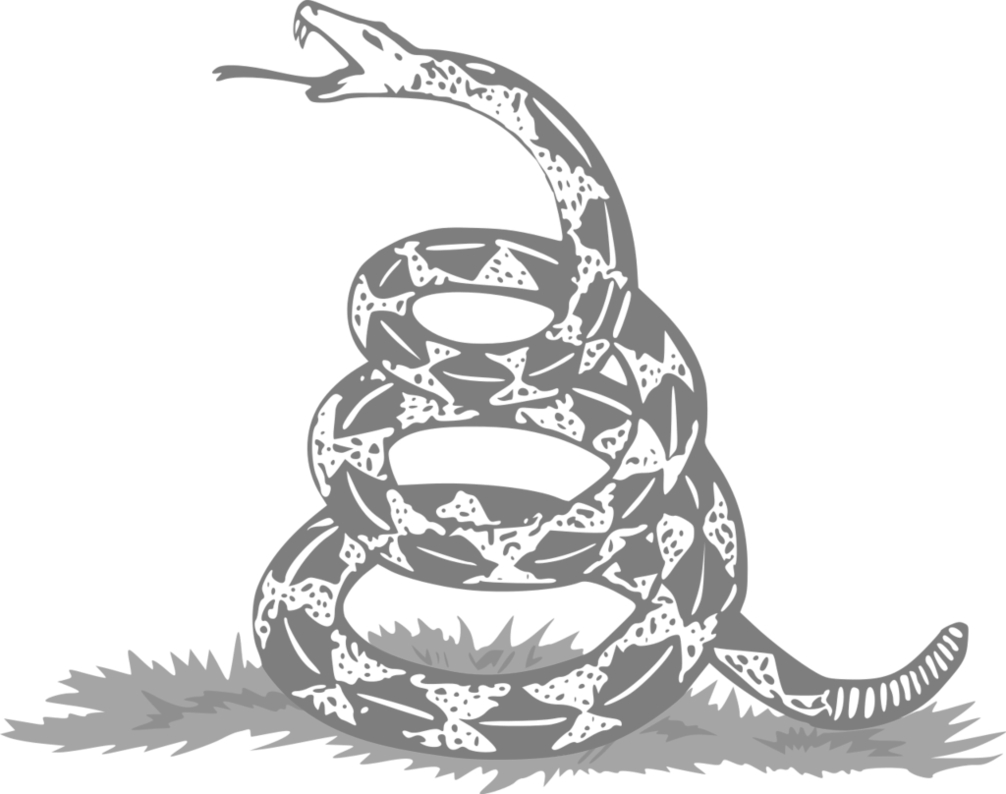About peaceful protests
I remember how, in the 2000s, every second oppositionist rushed around with Gene Sharp's training manual and talked about the technologies of non-violent protest. Today, everything is exactly the opposite: every second oppositionist will tell you that a peaceful protest does not work and will tell you about stupid Belarusians who first climbed onto benches without shoes, and then got into the soup. But something unites this audience: neither one nor the other does not understand what a peaceful protest is. Nonviolent protest, according to Gene Sharp and Erica Chenoweth, is not about standing on benches. This is about strikes (paralyzing the economy), about blocking important highways (paralyzing logistics), about occupying administrative buildings (paralyzing the work of the bureaucracy). The only restriction in fact is that you cannot be the first to attack people. I suspect that even Chenoweth and Sharpe's burning recruiting office would not be considered violence (provided that no one is inside).
Enthusiastic activists of the 2000s, when reading Sharpe, preferred to ignore the difficult and fundamental formats of non-violent protest (requiring, for example, the formation of independent trade unions), focusing on easy and accessible ones (symbolic actions and running around with colored ribbons). But then it turned out that ruffles do not work without a foundation, while the state also burned out all the few attempts to build this foundation (human rights, trade unions, parties, etc.). For our state is not stupid and Sharpe also read. After that, the activists are like: "Oh, that's it, the peaceful protest doesn't work." In general, no one promised that it works in all cases without exception (for example, petrocracies are generally quite resistant to it). They promised only that it works more effectively than violence. And now it has only become more obvious: I cannot imagine what is in the minds of those who suddenly believed in an effective terrorist underground. Do they think that today's military commissariat arsonists and railroad warriors will occupy Russia region by region, as Fidel Castro's partisans once occupied Cuba? So what?
The bitter truth is that, at this stage, no protest seems to be working at all in Russia, regardless of its attitude towards violence. Simply because there are no organized structures that can compete with the state. It is likely that spontaneous protests will grow (as in Dagestan and Yakutia), people will become angrier and more desperate, there will be outbreaks of impulsive violence (today, for example, a military commissar was shot down). But one can hardly hope that all this will dramatically change the situation - there are no structures that could unite and coordinate people. If such structures can form ad hoc, then it will take time (and the enemy will not silently watch their inception).
It seems that right now we can only hope for changes at the top. But when can these changes happen? In what cases can wolves devour the leader? When he is scary and the blood of innocent babies drips from his fangs? Not at all. They can only when he has become old and weak. In the meantime, the wolves are eating each other, there and people can have a window of opportunity. The awkward situation of the “Akela missed” format will develop if the Ukrainian campaign, for which everyone was put on the line, is lost miserably (it will be so in any case, but the question is the duration of the agony). Therefore, it is precisely in order to prevent this, to portray at least some kind of victory, that all resources are now used: "referendums", mobilization, threats with a vigorous bomb. But there is also good news here - the state has recognized that it does not pull itself out and it needs the help of society. And now society has the opportunity to refuse state support. It turns out that the failure of recruitment is now the main opportunity for the public to influence the situation. And guess what? Passive resistance is also a form of non-violent protest according to Sharpe.
Mihail Pojarsky 26/09/2022
